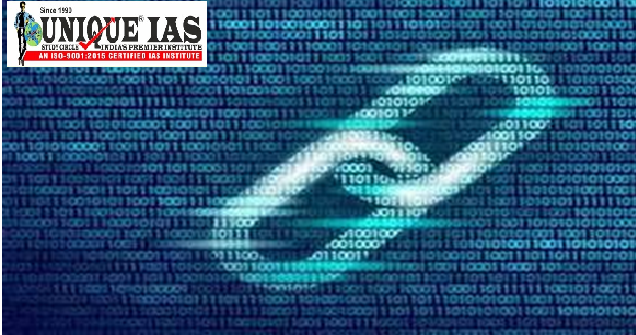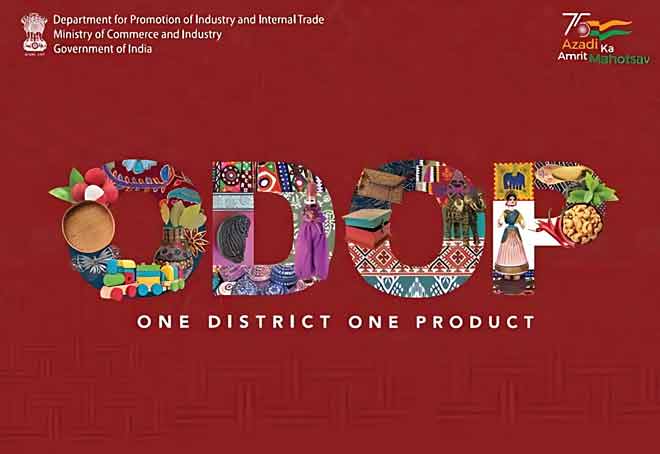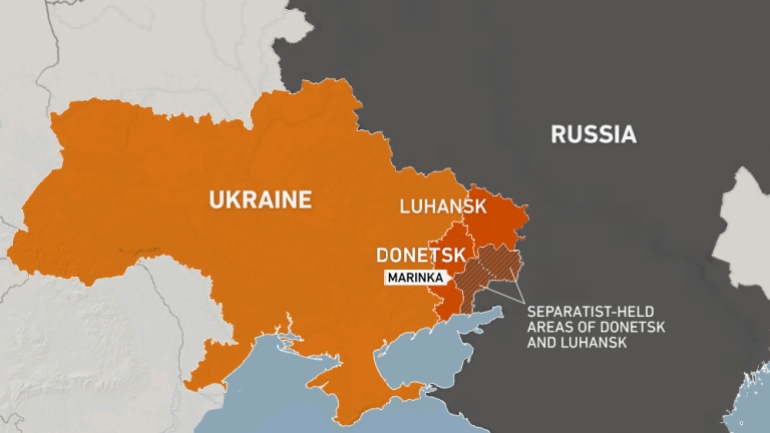E-Governance
It is the use of a range of modern…Information and Communication Technologies such as …. the Internet, Local Area Networks, mobiles, etc. by the Government to improve the effectiveness, efficiency, and service delivery and to promote democracy.
Several dimensions and related factors influence the definition of e-Governance.
The word “electronic” in the term e-Governance implies technology-driven governance.
E-Governance is the application of Information and Communication Technology (ICT) for delivering government Services, exchange of information communication transactions, integration of various stand-one systems and services between …
-Government-to-citizens (G2C)
-Government-to-Business(G2B)
-Government-to-Government( G2G) as well as back office processes and interactions within the entire government framework..
Through e-governance, government services will be made available to the citizens in a convenient, efficient and transparent manner.
The three main target groups that can be distinguished in governance concepts are …
1-Government, 2-Citizens and 3-Businesses/interest groups.
In e-Governance, there are no distinct boundaries.
The model for e-Governance is a one-stop portal, such as USA.gov, where citizens have access to a variety of information and services.
Generally, four basic models are available-
1-Government to Customer (Citizen),
2-"Government to Employees"
3-Government to Government and
4-Government to Business;
E-Governance Models
-
Broadcasting/Wider Dissemination Model-
The model is based on providing information to a wider public domain through the use of ICT and convergent media.
A more informed citizen is able to better understand the governance mechanisms and is more empowered to make informed choices and exercise its rights and responsibilities.
Applications
-Putting government laws and legislation online.
-Making available the names, contact addresses, emails, and fax no’s of local-government officials online.
-Making available key information pertaining to governmental plans, budgets, expenditures, and performances online.
Evaluation
This model is the first step to more evolved forms of digital governance models.
The model is also the most crucial one as it catalyzes free access and flow of information to all segments of society and serves as the building block to better governance.
The model is based on providing specific information to a targeted audience or spreading it in the wider public domain through the use of ICT ( Information and communication technologies )and convergent media.
The model involves making information available:
a) Information on corruption to a particular government ministry(Department of Public Grievances) /concerned governing body/ Lokayukta/ Central Vigilance Commission);
b) Human Rights violation and Criminal impeachment records against government officials to concerned
bodies (Human Rights Commission)/NGOs and concerned citizens;
c) Environment-related information to NGT/Pollution Control boards.
3. Comparative Analysis Model -
Principle-
The Comparative Analysis Model is based on
-Exploring information available in the public domain and comparing it with the actual benchmark known information.
-The model can be used for empowering people by matching cases of bad governance with those of good governance, and then analyzing the different aspects.
Applications
-Gauging the effectiveness of current policies of the government.
-Using prior precedence, especially in the case of judicial or legal decision-making, and using it to influence future decision-making.
This could be useful in resolving patent-related disputes, public goods, ownership rights, etc.
4. Mobilisation and Lobbying Model
Principle
The model is based on a planned, directed, strategic flow of information to build strong virtual allies to strengthen action in the real world.
Mobilisation and Lobbying Model is used to impact international /National decision-making processes.
Applications
- Formation of pressure groups to pressure decision-makers to take their common concerns into cognizance.
-Encouraging wider participation in decision-making processes.
Evaluation
The Mobilisation and Lobbying Model enhances the scope of participation of individuals and communities in policy issues and debates.
This model could be effectively used by the Government to encourage public debates and to gauge public opinion on a particular issue as a part of good governance strategies.
5. Interactive-Service Model/ Government-to-Citizen-to Government Model (G2C2G)
Principle
Interactive-service system of government can also be referred to as Government to Citizen Government model.
This model is a consolidation of different E-governance models and allows direct participation of persons in the digital governance process.
The Interactive-Service Model makes possible various services offered by the government to be directly accessible to citizens.
It creates an interactive government-to-consumer-to-government (G2C2G) channel in various functions such as the election of Political officials (E-ballots),
-Filing of tax returns,
-Procurement of government services,
- Sharing of concerns and
- Providing expertise,
-Conducting opinion polls.(Law Commission has invited the Opinion on UCC)
Applications
-Establishing an interactive communication channel with policymakers such as video conferencing and online dialoguing.
-Conducting electronic ballots for the election of government officials and other office bearers.
-Conducting public debates/opinion polls on issues of wider concern before formulation of policies and legislative frameworks.
E-Governance Vs E-Government"Government's foremost job is to focus society on achieving the public interest." "Governance is a way of …describing the links between …government and its broader environment - political, social and administrative. |
------------------------------------------



.jpg)
.jpg)
.jpg)
.jpg)
.jpg)
.jpg)


.jpg)

